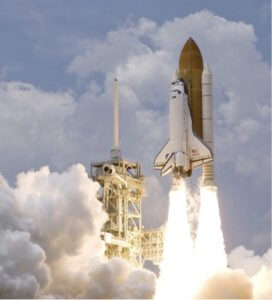
Failure not an option? How to avoid premature linear screw actuator failure
Some components are more mission-critical than others. A main worry of machine design engineers is making equipment that will last and avoiding need for field service calls to diagnose issues and replace failing components. At their core, electric linear screw actuators deploy mechanical technology such as ball bearings, ball screws and roller screws that have a finite life. These components do not last forever, even though that is the expectation of some customers. When asked “How long will this actuator last?” we provide our customers with a way to calculate, estimate and size the electric linear screw actuator to achieve the desired life for their applications.
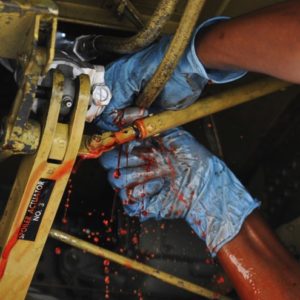
Overcoming hydraulic headaches by converting to electric linear motion solutions
Just 20 years ago, users of hydraulic systems struggled to find alternative technologies that could achieve the high force capabilities of hydraulic cylinders. Since then, motion control and automation technologies have rapidly evolved and electric linear actuator technology has emerged with capability to achieve the high forces (up to 100,000 lbf/445 kN) that were once the sole dominion of hydraulics. Even with these advancements, many manufacturers are either unaware -- or still in the process of discovering -- that viable electric options exist to address many of the challenges they face with hydraulic systems in high force applications.
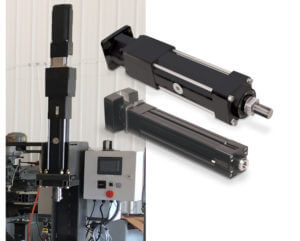
Electric high-force linear actuators improve powertrain assembly process and part quality
In automotive and heavy equipment industries machine designers and engineers know part quality and reliability are critical. That is why they often evaluate multiple linear motion technologies (hydraulics, pneumatic, electric) to determine the optimal solution for their component assembly or joining processes. It is imperative for their machines to produce quality parts that stand up to even the most demanding environments in harsh powertrain applications. Luckily, electric linear actuators offer engineers a solution for improving machine flexibility, precision, and reliability where legacy fluid power technologies (pneumatic and hydraulics) often fall short.
For an overview of how electric high-force linear actuators compare to hydraulic cylinders, see our white paper, Electric rod actuators versus hydraulic cylinders: a comparison of the pros and cons of each technology.
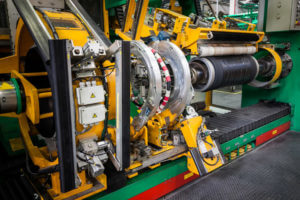
Converting From Hydraulic to Electric High-Force Linear Actuators with Force Feedback
Got a high-force linear motion application? If you do, chances are the first product solution to come to mind is hydraulic cylinders. After all, they’re relatively inexpensive (if you already have a hydraulic power unit – HPU – in place), compact (if the HPU’s somewhere else) and power-dense.
But what about the disadvantages of hydraulic cylinders? Leaks, operation and maintenance costs, and more? Now that there are electric high-force linear actuators, machine designers have a choice. It’s possible to convert an application from hydraulic to electric linear motion easily. Our guide, How to convert hydraulic cylinders to an electric actuator alternative, gives you a step-by-step explanation of the process.
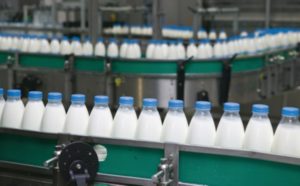
The case for electric rod actuators in food processing applications
Producing food that’s delicious, affordable and safe requires a lot from manufacturers. Process automation makes affordability possible and ensures consistently top-quality food. Safe food products and beverages are free of contamination, so the equipment used in food processing has to meet crucial requirements for cleanliness. That includes linear actuators.
Selecting a linear actuator for a food processing application requires careful consideration. A machine designer may look at hydraulic cylinders, pneumatic cylinders, rodless electromechanical actuators and electric rod actuators.

Achieve better quality welds with electric servo actuators
Car buyers demand top quality and durability in their vehicles. Automobile manufacturers strive to meet and even exceed these demands. The welds that hold a car’s body together are fundamental to the vehicle’s quality, so it’s essential that weld quality is the best.
Robots are often used in auto body welding because they’re fast and consistent. When it comes to controlling the weld gun, an automobile manufacturer has a choice: use a pneumatic actuator or an electric integrated servo linear actuator. An electric servo actuator will provide better weld quality, consistently.

Need low cost linear motion? Total cost of ownership is key
How are industrial linear motion components like icebergs?
They say 90% of an iceberg’s volume is hidden under water. When you buy linear motion components, specifically hydraulic and pneumatic cylinders, the real cost may be hidden as well. If you’re looking for low cost linear motion, you may be attracted to the low purchase price of fluid power cylinders. However, purchase price is just the tip of the iceberg. To get a true picture, you need to look at total cost of ownership (TCO), including the long-term operating costs of the equipment.
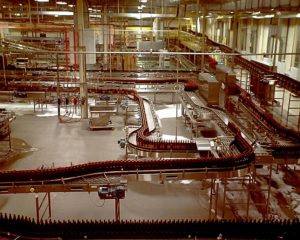
Integrated servo motor simplifies sourcing electric linear motion
An OEM’s component sourcing strategy will impact the final cost of a piece of automation equipment. While it can seem best to source parts from multiple suppliers, the time and cost involved in sourcing and integrating parts can raise the total machine cost significantly. Using a single-source approach and integrated components, like an integrated servo motor and controller for an electric linear motion system, can save time and money in the long run.
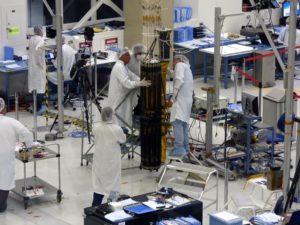
Electric high-force linear actuators keep medical manufacturing clean
Machine designers know that hydraulic cylinders offer compact size and excellent power density. Designers also know there are serious drawbacks that make these cylinders problematic in many applications – problems such as inevitable leaks. Those leaks can be a significant hazard in manufacturing environments that demand cleanliness such as medical equipment production. It used to be that hydraulic cylinders were the only choice when a designer needed a high-force linear actuator. Now there are electric high-force linear actuators that can replace hydraulics in many applications, offering clean operation as well as better accuracy and control.
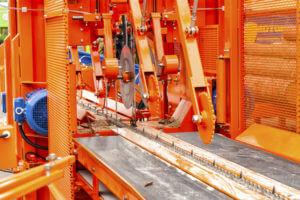
How to convert high-force linear actuators from hydraulic to electric
Things are changing in industrial automation. Many linear motion applications are getting more sophisticated with increased demand for control of process variables like velocity, thrust, acceleration/ deceleration and more.
It’s common for new applications that require high thrust from a linear actuator to use electric motion systems. Moreover, machine designers are converting existing hydraulic motion systems to electric.

 Ask an Engineer
Ask an Engineer